Childhood is meant to be full of love, support, and encouragement from your caregivers, but when that doesn’t happen, it definitely takes its toll.
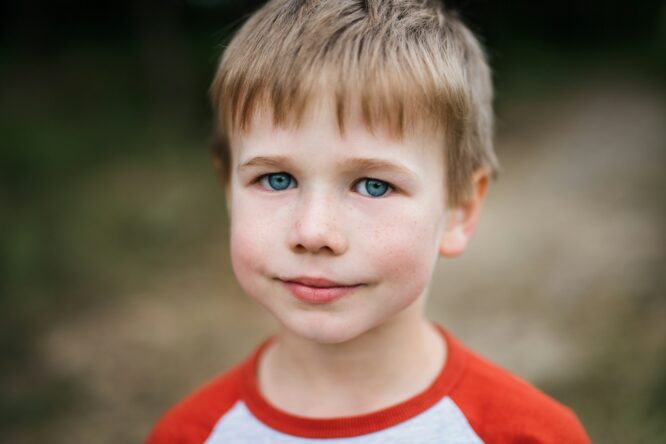
Experiencing emotional neglect as a kid, during what’s meant to be the most formative years, changes a person in some big ways, and healing from those years isn’t easy or linear. Sometimes it shows up in small, everyday behaviours that people don’t even realise are connected to old wounds. If you spot these patterns in yourself or someone you love, it’s often a sign that they’re still doing the work on processing what they went through and moving past it to become a happier, healthier version of themselves.
1. They downplay their own feelings without even noticing.

When you grow up feeling like your emotions were too much or didn’t matter, it becomes second nature to brush them off. People who are still healing might say things like “It’s not a big deal” or “I’m fine” even when they’re clearly hurting. It’s not that they’re lying; it’s that they’re still learning that their feelings deserve to take up space. It takes time (and a lot of gentle reminders) to undo the belief that staying quiet is safer than speaking up.
2. They apologise constantly, even when it’s unnecessary.

Apologising for tiny things like taking up someone’s time or expressing an opinion can be a reflex for people who grew up feeling like a burden. It’s not about actual guilt; it’s about fear that being visible or needy might upset someone. Even when nobody’s upset, the urge to apologise lingers. Healing means slowly realising they don’t have to apologise for existing, having needs, or asking for what they deserve.
3. They can’t bring themselves to ask for help, even when they need it badly.
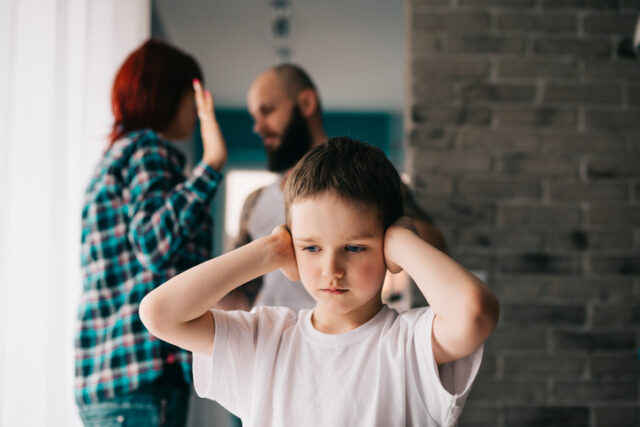
When you grow up feeling like your needs were an inconvenience, asking for help later in life can feel almost impossible. It might seem easier to struggle in silence than risk being seen as “too much” or “too needy.” Even when help is offered freely, there’s often a hesitation, like they’re waiting for the other shoe to drop. Learning to trust that support can be given without strings is a huge part of healing.
4. They second-guess themselves all the time.

Constantly questioning their choices, doubting their instincts, or feeling paralysed over small decisions are common signs of lingering emotional neglect. When your feelings were ignored growing up, trusting yourself later doesn’t come easily. That second-guessing isn’t because they’re decisive; they’re trying to avoid the shame or rejection they used to feel for making the “wrong” choice. Healing brings back that sense of inner authority, bit by bit.
5. They minimise their accomplishments.
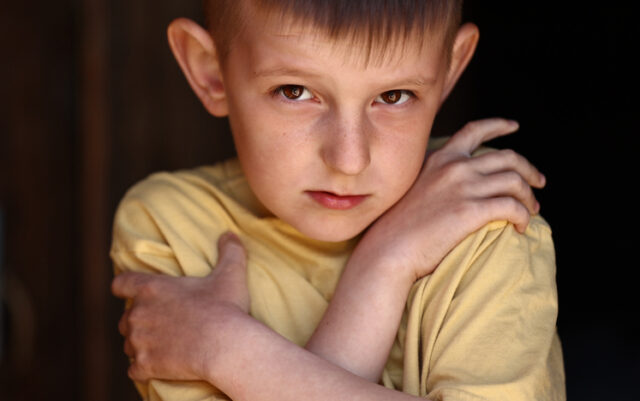
Even when they achieve something amazing, people still healing from emotional neglect often brush it off with, “It’s not that big of a deal” or “Anyone could have done it.” Celebrating themselves can feel foreign, or even risky. Deep down, they might fear that standing tall will invite criticism or withdrawal of love. Learning to take pride in their wins without guilt or fear is a big (and beautiful) milestone in the healing process.
6. They have a hard time naming what they’re feeling.
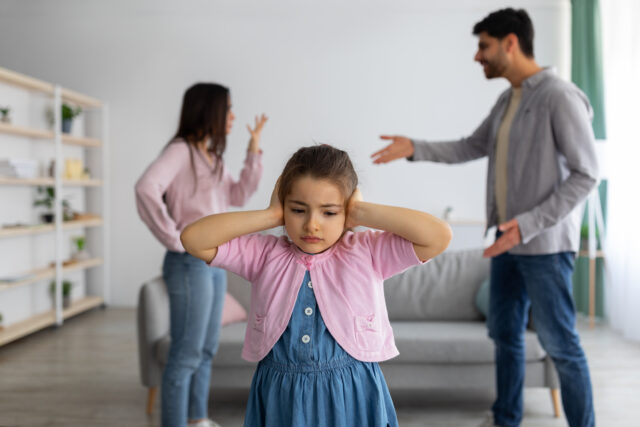
When emotional needs weren’t acknowledged growing up, feelings can get lumped into vague categories like “bad” or “fine.” Sorting out more specific emotions—sadness, fear, frustration, joy—takes real effort. It’s not because they’re disconnected or uncaring; it’s because they were never taught the language of emotions. Part of healing is slowly building that emotional vocabulary and giving themselves permission to feel everything.
7. They often feel invisible in group settings.
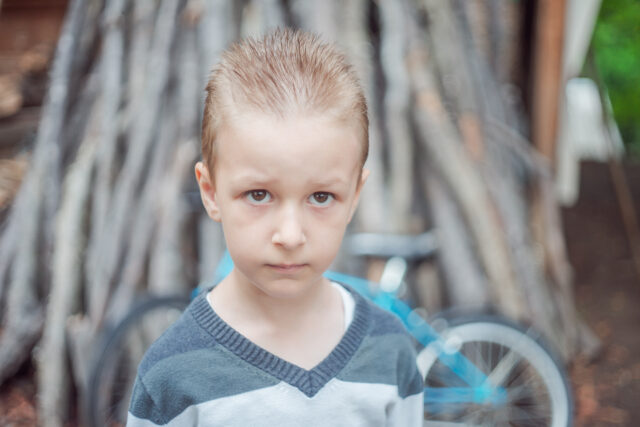
In groups, people still healing from neglect might sit quietly, hesitate to share ideas, or feel like their presence doesn’t really matter. It’s a learned survival mechanism, staying small to stay safe. Even when they want to speak up, that voice inside says, “Nobody really cares what you think.” Healing means challenging that lie and slowly, courageously, stepping into spaces with more confidence.
8. They overthink how other people see them.

Worrying obsessively about how they came across, whether they upset someone, or if they said something “wrong” is often rooted in old fears of abandonment or rejection. They’re not being self-absorbed; they’re trying to stay safe. Healing involves learning that one awkward moment doesn’t make them unloveable, and that genuine relationships don’t crumble over minor missteps. It’s a slow but deeply freeing realisation.
9. They sometimes withdraw emotionally without meaning to.

When emotions start to feel overwhelming, people still healing might shut down or go silent without even knowing why. It’s not them trying to be distant; it’s their body’s old way of coping with emotional overload. Recognising when they’re disconnecting and gently bringing themselves back takes real practice. No one should be trying to force connection with them; it’s about making it safe enough to stay open when things get hard.
10. They often feel guilty for setting boundaries.
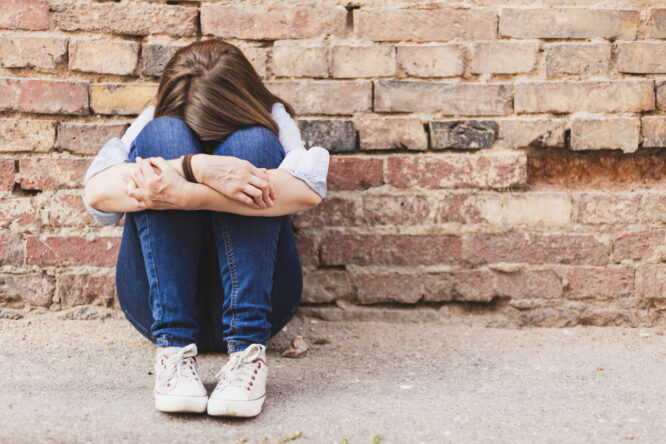
Saying “no” or even just expressing a preference can stir up a surprising amount of guilt. Deep down, they might feel like setting boundaries will make people stop loving them, which is a fear learned from early emotional neglect. Each time they honour their limits without apologising, they chip away at that old belief. It’s powerful work, even if it doesn’t always feel powerful in the moment.
11. They hold onto toxic relationships longer than they should.
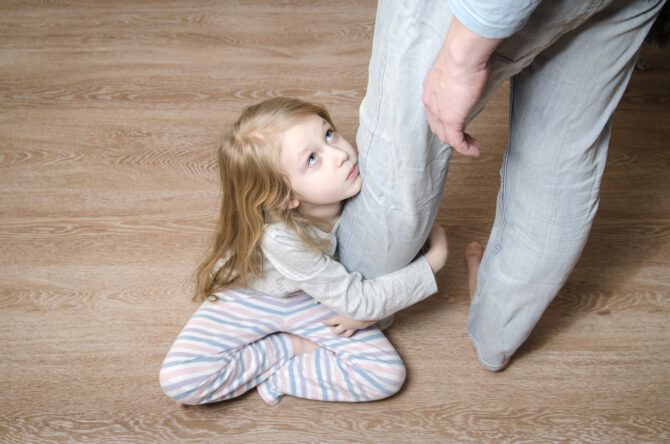
When you’re used to emotional hunger, even crumbs of affection can feel worth clinging to. It’s heartbreaking but true—people healing from neglect often tolerate mistreatment because part of them believes that’s just what relationships are like. Healing means slowly learning that real love doesn’t require constant self-sacrifice, and that it’s okay (and necessary) to walk away from what hurts more than it heals.
12. They downplay their own needs to “keep the peace.”

Keeping quiet to avoid conflict is a survival tactic learned young, and it’s hard to shake. People who are still healing often worry that speaking up will cause arguments, tension, or even abandonment. Part of growing through it is realising that healthy relationships can handle honesty, and that peace built on silence and resentment isn’t really peace at all.
13. They can be overly independent to the point of isolation.

“I’ll handle it myself” often becomes a life motto for people healing from emotional neglect. Trusting anyone with their needs feels risky, so they default to doing everything alone, even when they’re exhausted and craving connection. Learning to let people in, to ask for and accept help without feeling weak or ashamed, is one of the bravest parts of healing. It’s about real strength, not self-imposed isolation.
14. They sometimes sabotage good things without realising it.

When good opportunities, love, or kindness show up, people still healing might find themselves pulling away, picking fights, or doubting it’s real. Part of them is still waiting for the other shoe to drop because that’s what they learned to expect. Healing is about recognising those old patterns and slowly replacing them with trust—in themselves, in other people, and in the idea that they deserve good things without strings attached.
15. They’re quietly some of the most resilient people you’ll ever meet.
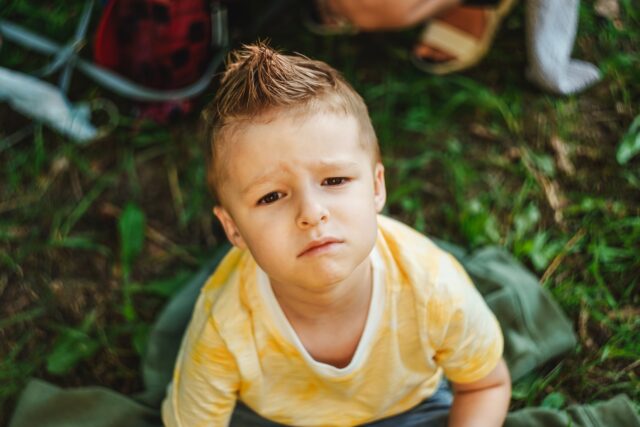
People healing from childhood emotional neglect often underestimate just how much strength it’s taken to survive, grow, and even try to heal. They’re tougher than they know, not because they never break, but because they keep showing up, even when it’s hard. Every small boundary set, every honest feeling shared, every moment of self-kindness is a win. Their resilience isn’t loud or flashy; it’s steady, courageous, and deeply inspiring.




